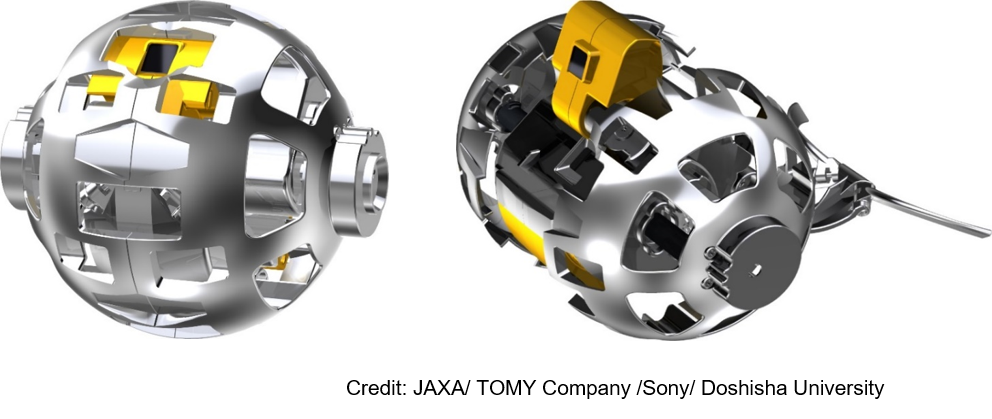Tokyo-based company ispace is gearing up to make history with the kickoff of its lunar program, attempting to land the first commercial lunar lander this month and deliver government and privately-owned payloads to the surface of the Moon. Here’s what you need to know about the mission.
What is the HAKUTO-R M1 lander?
The Mission 1 lander (M1) is the inaugural mission to ispace’s lunar exploration program, Hakuto-R. The lunar lander is designed to provide a low-cost delivery service to the Moon, deploying payloads on the lunar surface. The M1 lander will also serve as a stationary probe for exploring the surface of the Moon.
The Japanese company is focused on lunar exploration and aims to become a “gateway for the private sector to bring their business to the Moon,” ispace wrote in a statement.
Its first mission is no easy feat. So far, no private company has successfully landed on the Moon. In 2019, Israel’s Beresheet lunar lander was the first attempt by a private company to land on the Moon. However, computer glitches and communication problems, among other issues, led it to crash onto the Moon’s surface. The United States, the Soviet Union, and China have managed to plop landers on the lunar surface, but those weren’t private missions.
When is the Japanese lunar lander launching?
The M1 lander was fully assembled in May and later underwent final testing to prove it was ready to endure the harsh environment of space at the IABG GmbH Space Centre in Ottobrunn, Germany.
In late October, the lander was packed up and flown to Cape Canaveral in Florida to prepare it for its liftoff. M1 will ride aboard a SpaceX Falcon 9 no earlier than November 22, ispace announced on Monday.
The company had previously announced a launch window between November 9 and 15, but the updated target launch “allows for best preparation for the mission,” ispace wrote in Monday’s statement.
What is the M1 lander packing to the Moon?
For its trip to the Moon, the M1 lander will be carrying both government and commercial payloads.
The Japan Aerospace Exploration Agency (JAXA) will use M1 to deliver a tiny, two-wheeled transformable robot to the Moon. The Smart Lander for Investigating Moon (SLIM) is about the size of a baseball and is designed to test techniques for future missions to the Moon on a smaller scale.

M1 will also carry two commercial payloads from Canada. Canadensys Aerospace will provide a lunar camera, while Mission Control Space Services will provide an AI flight computer.
Another payload riding with the M1 lander will be the Emirati-built Rashid rover. The four-wheeled rover was developed by the Mohammed bin Rashid Space Centre, and designed to study the geology of the Moon, exploring lunar soil and dust.
What happens after the launch of the M1 lunar lander?
ispace is hoping to stick the landing with its first mission, and carry on with the rest of its lunar exploration program. The company is already prepping for Mission 2, or M2, with plans to send a lunar rover to the Moon in two years.
Following M2, subsequent missions are aimed at increasing the number of landers and rovers going to the Moon for the purpose of transporting customer payloads. “Our landers will deploy swarms of rovers to the lunar surface to pioneer the discovery and development of lunar resources, enabling the steady development of lunar industry and human presence on the Moon,” ispace wrote on its website.
The inaugural mission of Japan’s private lunar exploration program envisions a new future for the Moon, one where Earth’s only natural satellite will be swarming with robots and humans alike, serving as humanity’s pitstop to deeper regions of space.
More: NASA Wants More Spacecraft for Its Upcoming Artemis Moon Missions
